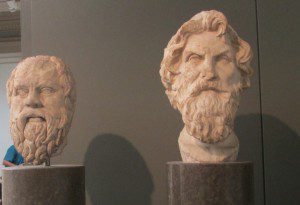Excellent article brought to my attention about teachers and introversion:
On his third day as a teacher, John Spencer lost his temper entirely. His students were working on a collage project, and the classroom was full of ebullient cutting, gluing and painting. Not wanting to dampen the children’s creativity, Spencer had avoided overburdening them with rules about movement or volume. And so spirits drifted higher and higher, and noise levels became correspondingly louder and louder.
“I just lost it,” Spencer says now. “I yelled, like right-in-the-face yelled at them. And then I spent lunchtime crying, saying ‘I can’t do this’. I was ready to quit teaching. I thought maybe I’m not cut out for it.”
That evening, however, his wife reminded him of a crucial fact: Spencer is an introvert.
Introverts make up between a third and half of the population. According to Susan Cain, whose book Quiet: The Power of Introverts is an international best-seller, there is one key difference between this group and extroverts. “Introverts and extroverts differ in the level of outside stimulation that they need to function well,” she writes. “Introverts feel just right with less stimulation, as when they sip wine with a close friend, solve a crossword puzzle or read a book. Extroverts enjoy the extra bang that comes from activities like meeting new people, skiing slippery slopes and cranking up the stereo.”
Extroverts, therefore, derive energy from going out, socialising in groups and standing in the middle of a busy classroom. This can make them naturally suited to teaching: they draw energy from the constant activity and large-group interaction required during the school day.
Introverts, by contrast, find group situations overstimulating. Their energy comes from in-depth, one-on-one conversations, and from working and spending time alone. And they are quickly exhausted by a busy, noise- filled environment.
HT: SS











